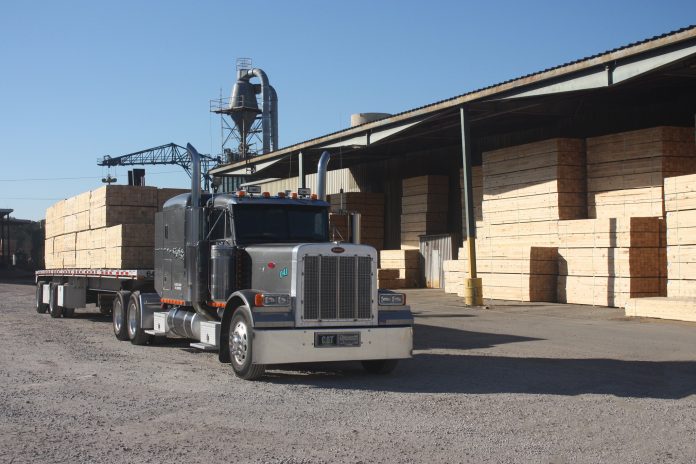AUBURN UNIVERSITY, Ala. – After a year of record-high lumber prices, headlines across the country are reporting a 40% plunge in prices since May. However, this staggering statistic doesn’t tell the full story. The bottom line? Lumber prices are still immensely higher than before the pandemic.
Fluctuating markets
Adam Maggard, a forestry and wildlife sciences specialist with the Alabama Cooperative Extension System, said this recent decrease in prices should be taken with a grain of salt.
“I wouldn’t just assume that prices will continue to fall for good as seen in the recent drop in price,” he said. “There is no way to know what exactly what will happen, but prices could remain volatile and fluctuate in the months ahead. However, we have seen some homeowners deciding to postpone their renovation or new home activities as lumber prices are currently too high.”
Lumber prices are still approximately $1,000 per 1,000 board feet (MBF). This is significantly higher than the prices before the pandemic. Prices were between $400 and $475 per MBF during the first couple of months of 2020. The lumber market saw similar trends of decreasing prices in fall of 2020, but the prices increased again.
“Currently, demand is still strong, fueled largely by the housing market and low mortgage rates,” Maggard said.
The culprits of high lumber prices
Understanding the cause behind lumber prices rising exponentially is not as simple as naming one culprit. There were many factors that lead to the instability of the market and continue to play a role in relation to the staggering prices.
One of the most obvious short-term factors is the near halt in lumber production and capacity brought on by COVID-19. With lumber mills having to follow the necessary COVID-19 operating safety guidelines, production of lumber dropped drastically.
Other short-term factors that caused the current market include an increase in demand for lumber for home renovations and a persistent housing market brought on by low mortgage interest rates. Additionally, limits on the amount of imported softwood lumber coming to the United States has also played a role.
As if these short-term factors weren’t enough, according to Maggard, they were also met with one long-term factor.
“After the 2008 housing market collapse and recession, lumber prices went down,” he said. “One factor that has played a part in the current market is that sawmills did not expand, and in some cases, even reduced their production capacity after the events in 2008. All of these factors combined paved the way to a shortage in lumber and an increase in price.”
Getting back to normal
Professionals know what is driving the current market. However, many are wondering what it will take to get it back on the right track. Maggard said a return to normal will hinge on the mills’ abilities to operate at full capacity and demand weakening.
“It is not an issue of a timber shortage but rather, how much lumber the mills are producing,” he said. “Lumber prices will come down when sawmills catch up and are operating at full capacity.”
Overall, a decreased demand for lumber, coupled with an increase in mill production, would eventually bring prices back down.
More information
A more in-depth look into the current market, visit https://www.aces.edu/blog/topics/forestry/why-stumpage-prices-are-low-despite-historic-high-lumber-prices/.




















